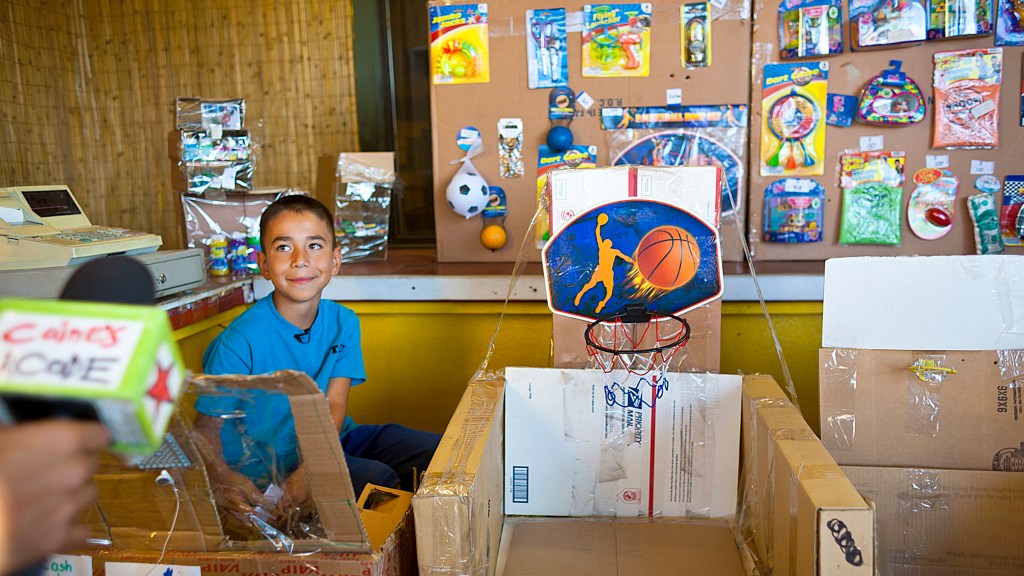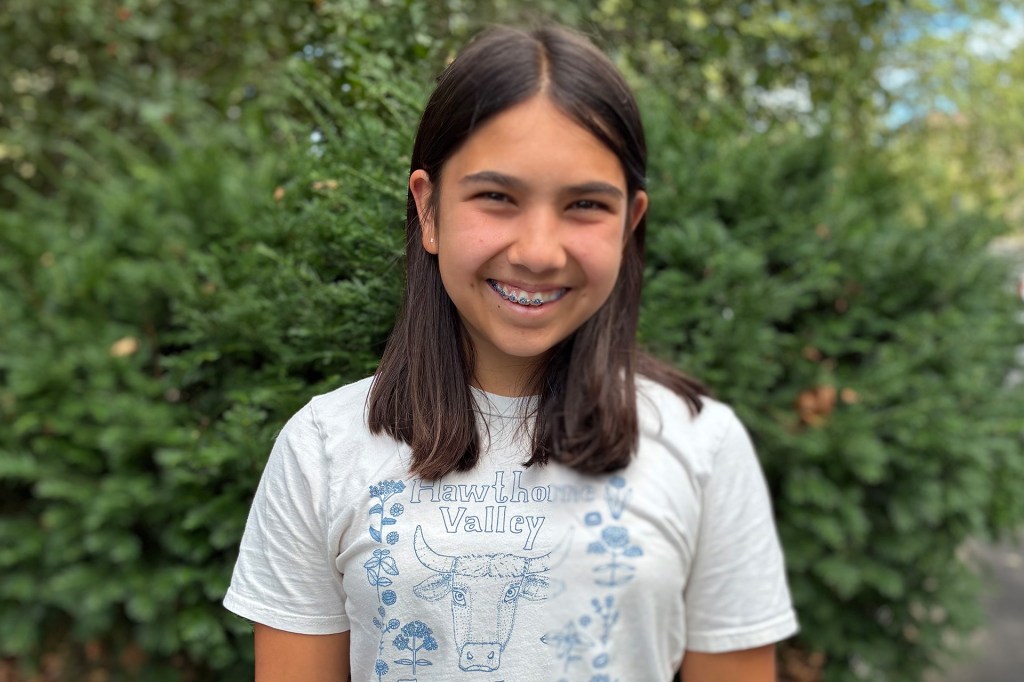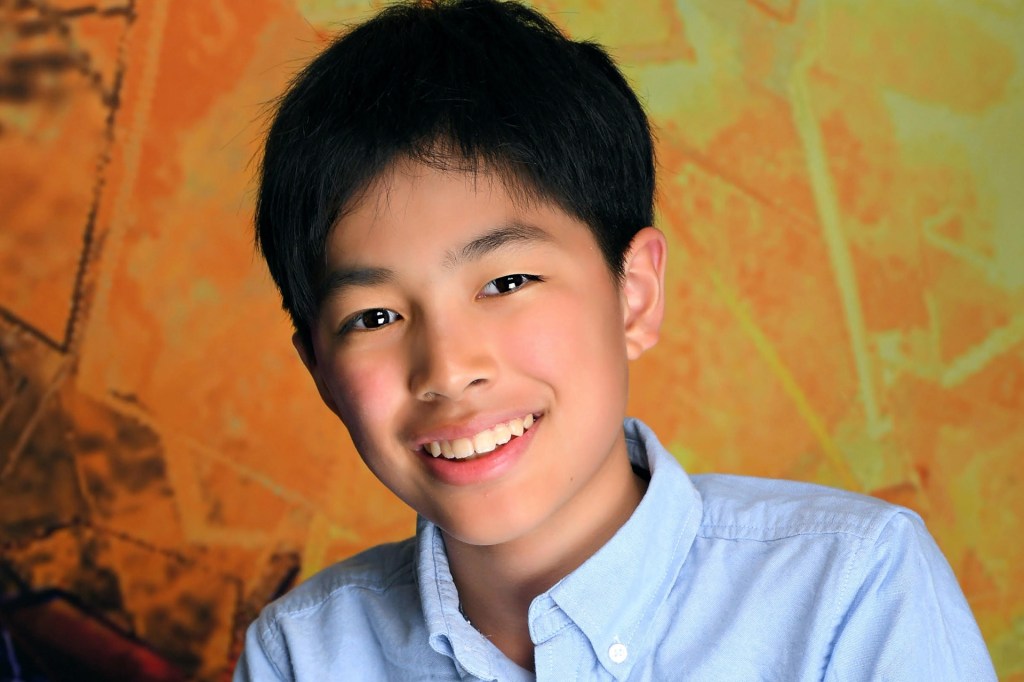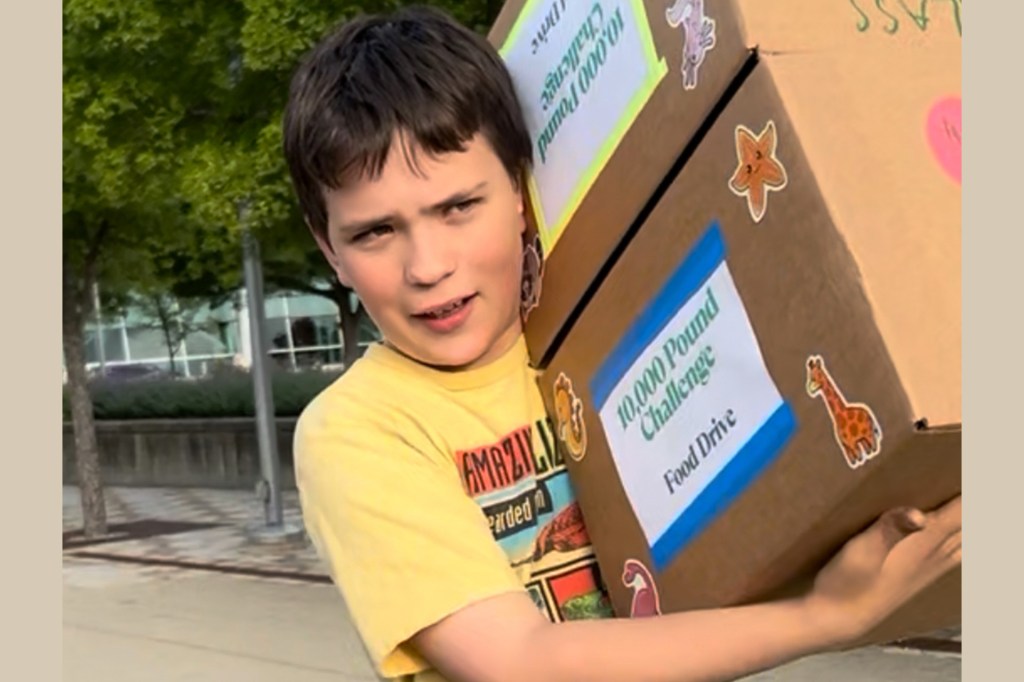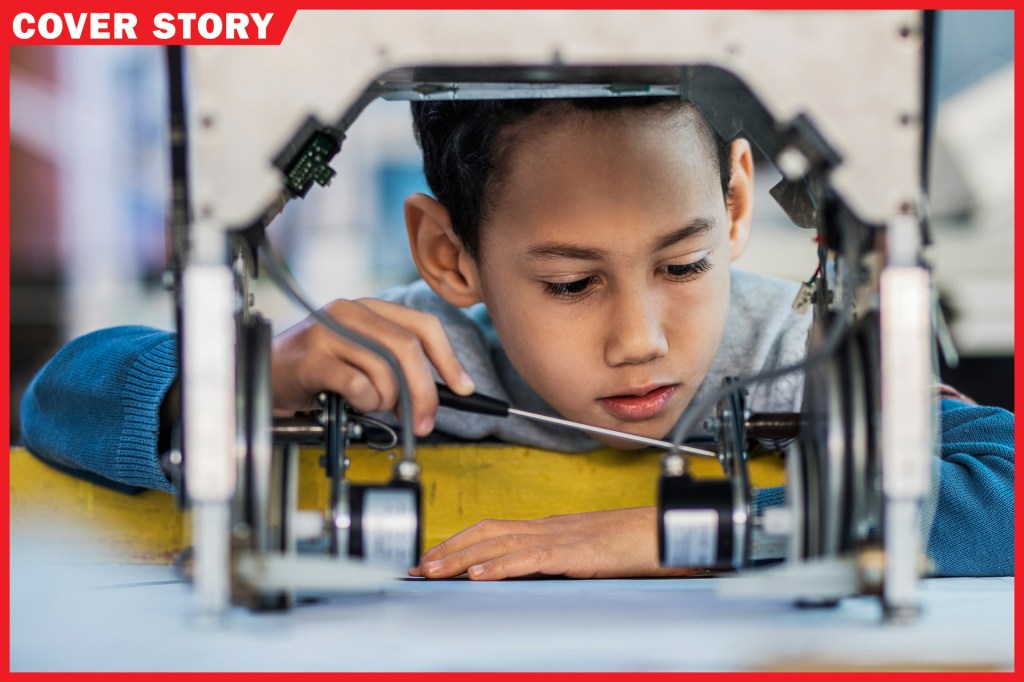
Last year, Izzy Goldstein, 12, learned that we can reduce air pollution by using natural energy sources, such as wind and solar power, instead of gasoline. This made her wonder what she could do to help the environment. “I thought, ‘Maybe if my school got a bike rack, more kids would bike to school instead of relying on cars,’” Izzy told TIME for Kids. Izzy and her friends decided to make a bike rack themselves.
They designed the rack. They calculated how much wood they might need. They measured how long the boards should be. They used tools to cut them. And they did all this in their school’s makerspace.
What is a Makerspace?
Makerspaces are work spaces where kids can learn to create objects. They use technology, engineering, art, and design. Makerspaces often feature a mix of high-tech machines, such as 3D printers and robotic kits, and simple supplies like clay and cardboard.
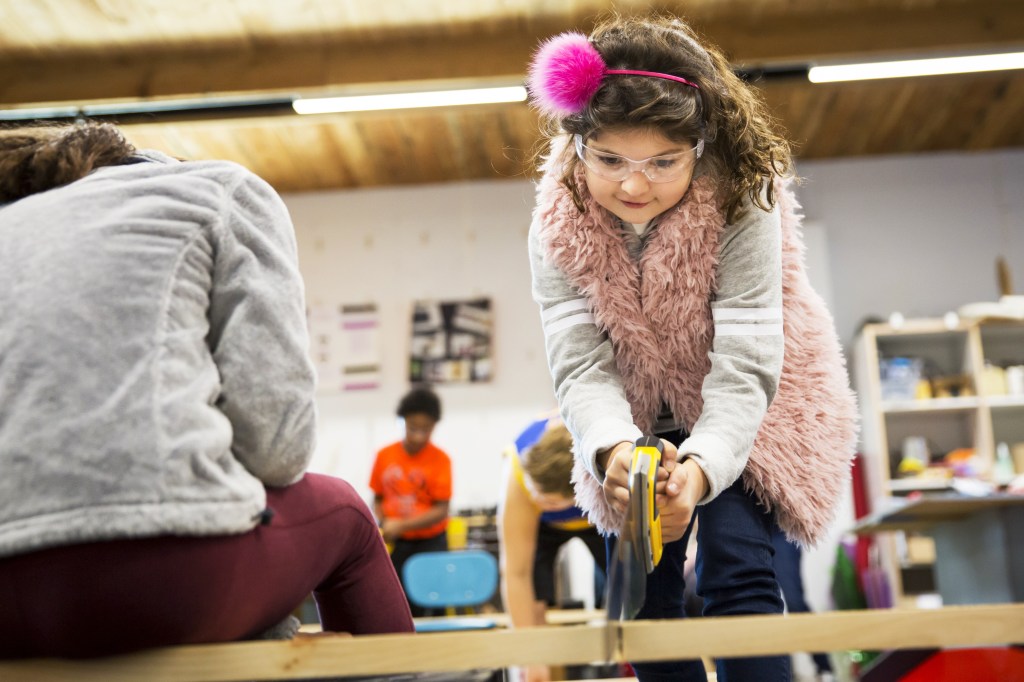
GOGGLES ON! A Harley School student saws wood for a table that kids will use outdoors.
ART ROTHFUSSIzzy goes to the Harley School, in Rochester, New York. It is one of a growing number of schools across the country with makerspaces. Makerspaces are inspired by Maker Faires. These events give people a chance to share their projects. About 250,000 people attend the yearly Maker Faires in San Mateo, California, and Queens, New York.
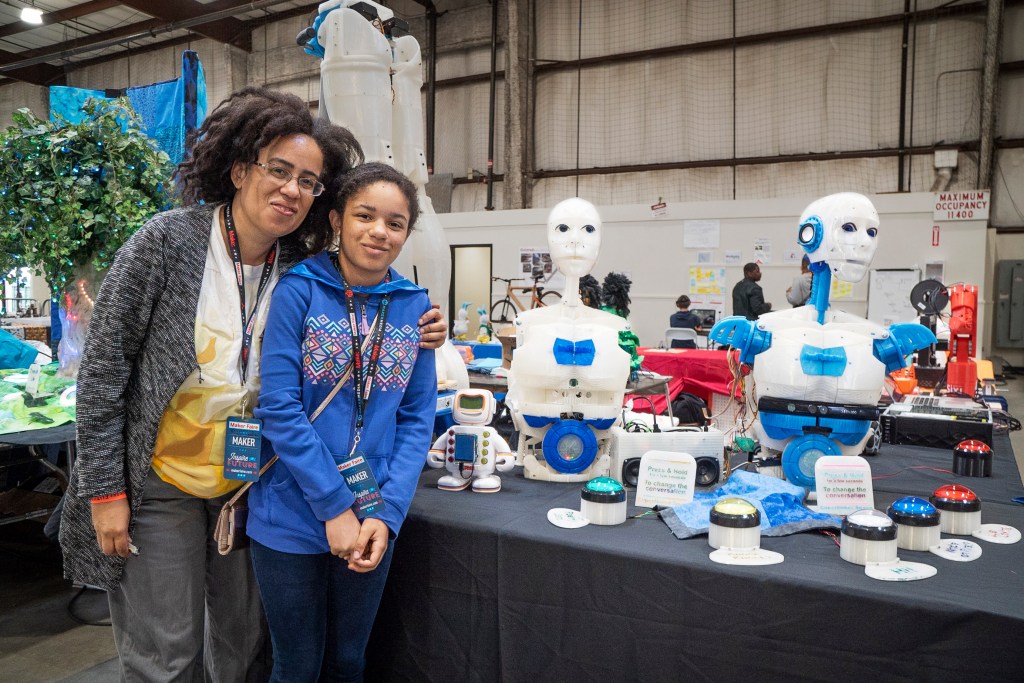
MAKER DUO Lurene Davis, 14, and her mother show their 3D-printed robots at a 2018 Maker Faire.
JUN SHENAWhy are schools using makerspaces? “It’s hands-on, experiential
experiential
 YURI_ARCURS/GETTY IMAGES
related to or providing experience
(adjective)
I'm working as an intern to fulfill my school's experiential learning requirement.
learning,” Dale Dougherty says. He founded
found
YURI_ARCURS/GETTY IMAGES
related to or providing experience
(adjective)
I'm working as an intern to fulfill my school's experiential learning requirement.
learning,” Dale Dougherty says. He founded
found
 CAMILLE TOKERUD/GETTY IMAGES
to create something, such as an institution or organization
(verb)
Our field trip to the animal shelter inspired me to found an animal-welfare club at school.
Maker Faire in 2006. “Makerspaces give kids a way to have ideas and build something from those ideas.”
CAMILLE TOKERUD/GETTY IMAGES
to create something, such as an institution or organization
(verb)
Our field trip to the animal shelter inspired me to found an animal-welfare club at school.
Maker Faire in 2006. “Makerspaces give kids a way to have ideas and build something from those ideas.”
Problem-Solving Play
Kima Enerson is a makerspace teacher at the Harley School. She says kids can become makers in an ordinary
ordinary
 BUNLUE NANTAPROM/EYEEM/GETTY IMAGES
normal or usual
(adjective)
It was an ordinary lunch period until someone pulled the fire alarm.
classroom, too. Students learn about computer software in Harley’s Lower School. By third grade, they study coding. In sixth grade, they learn to safely use tools such as drills and saws. When students get to high school, Enerson says she takes them “through the process of designing something to better the world.”
BUNLUE NANTAPROM/EYEEM/GETTY IMAGES
normal or usual
(adjective)
It was an ordinary lunch period until someone pulled the fire alarm.
classroom, too. Students learn about computer software in Harley’s Lower School. By third grade, they study coding. In sixth grade, they learn to safely use tools such as drills and saws. When students get to high school, Enerson says she takes them “through the process of designing something to better the world.”
Sometimes, students at Harley focus on finding fun solutions to common tasks, such as flipping pancakes. The school’s 12th graders did this with the help of Lego Mindstorms. These kits contain Lego building blocks and other materials. Kids use the kits to create robots. The robots can be programmed to follow commands.
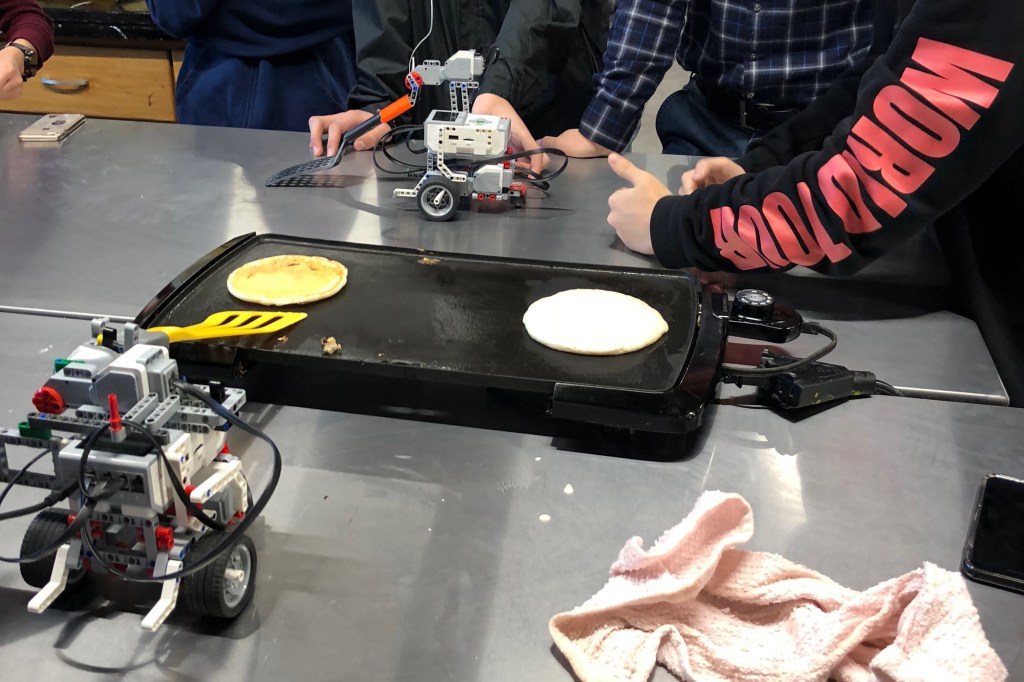
FLIP OUT A robot made with Lego Mindstorms flips pancakes in a classroom at the Harley School.
KIMA ENERSONDoes making a robot sounds like playing? That’s because it is! “Innovation
innovation
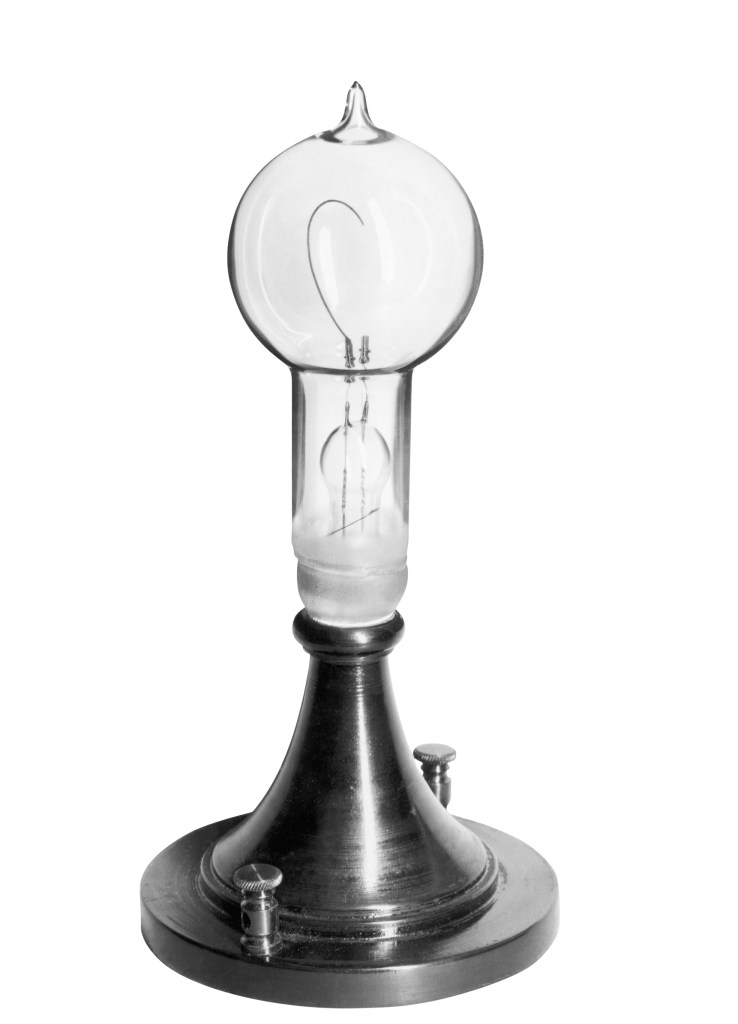 CHRIS HUNTER—GETTY IMAGES
a new product, idea, or method
(noun)
The invention of the lightbulb in 1879 was an important innovation.
comes from play,” Dougherty says. “Making is something you do because it’s enjoyable.” Cameron Anderson agrees. He is an eighth grader at Harley. When asked what he likes most about his school’s makerspace, he was quick to answer. “It’s fun!” he said.
CHRIS HUNTER—GETTY IMAGES
a new product, idea, or method
(noun)
The invention of the lightbulb in 1879 was an important innovation.
comes from play,” Dougherty says. “Making is something you do because it’s enjoyable.” Cameron Anderson agrees. He is an eighth grader at Harley. When asked what he likes most about his school’s makerspace, he was quick to answer. “It’s fun!” he said.
Clean Solution
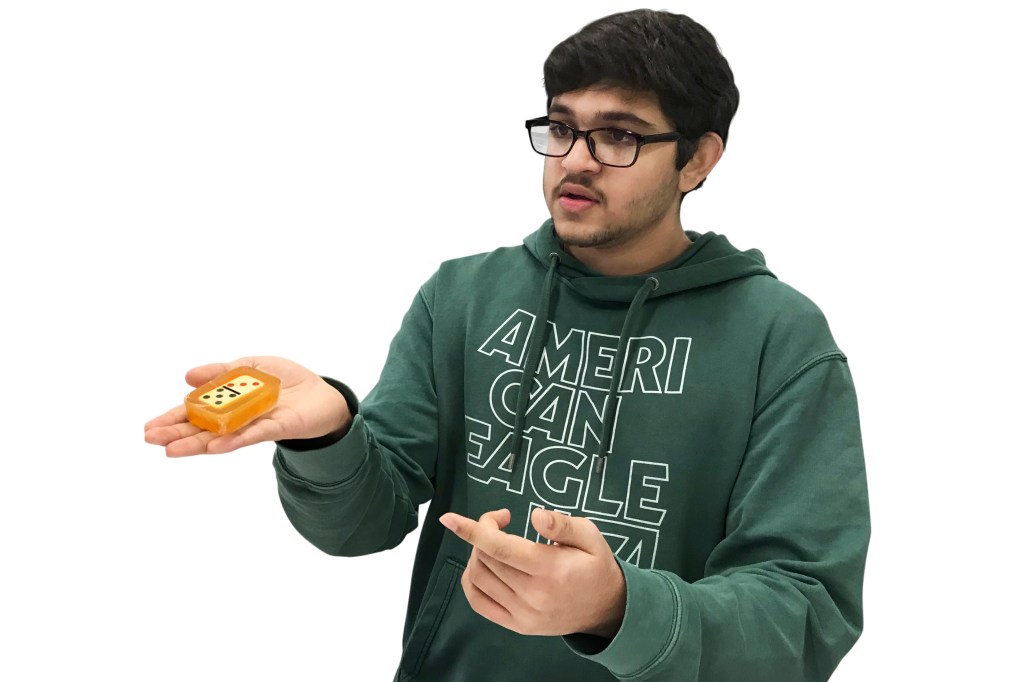
Many people toss out soap when a bar gets small. Yashas Anapindi, 15, from Garnet Valley, Pennsylvania, wants people to waste less soap. He created EcoSoap. It’s a bar of soap with a reusable item, such as a domino, in the center. This encourages people to use every last bit of soap to get to the item in the middle. Yashas presented EcoSoap at the 2018 Maker Faire in New York. “To be a maker, all you need is an imagination,” Yashas told TFK.





